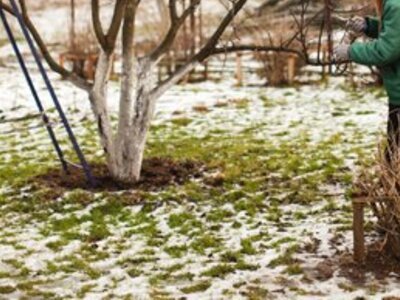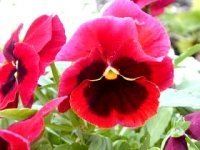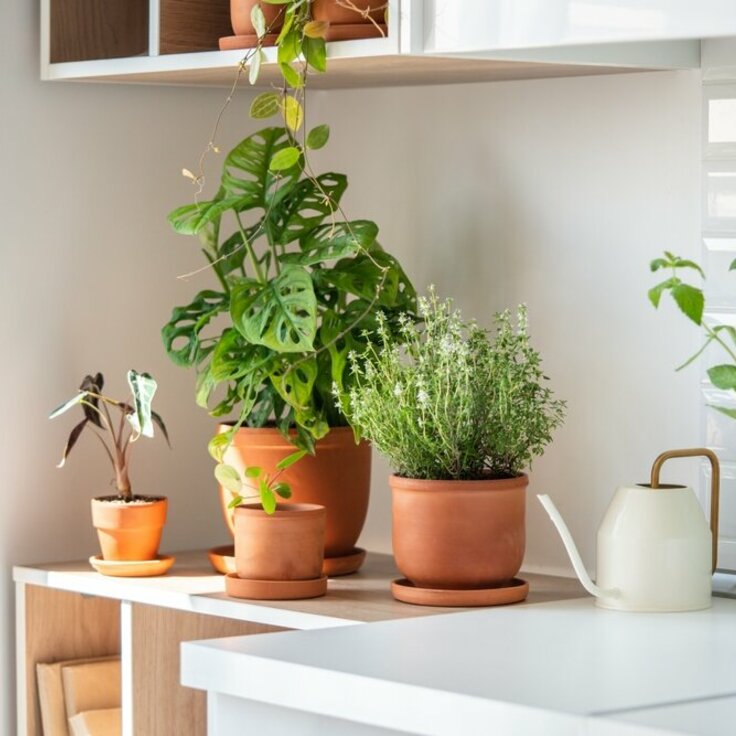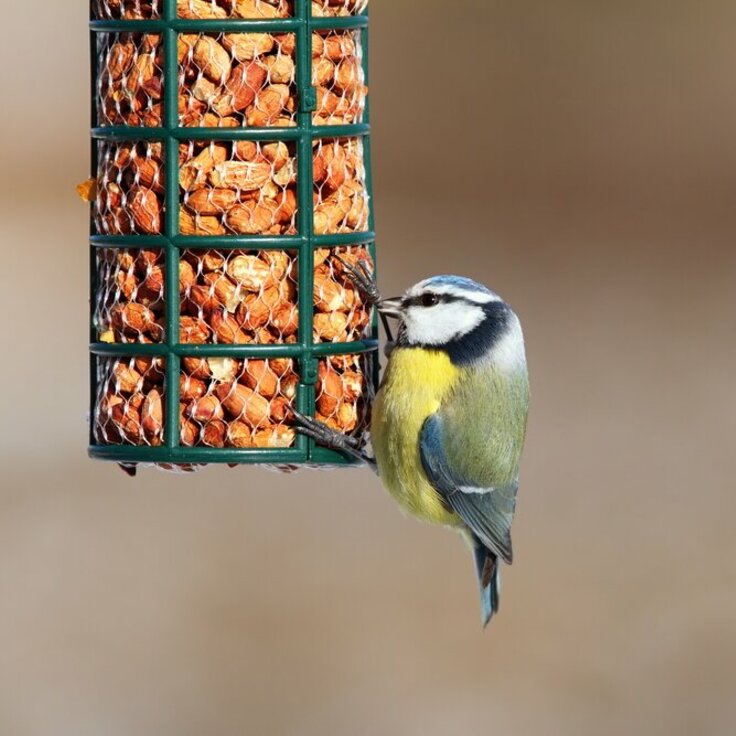You Can Grow a Canna
Canna lilies bloom during summer in neon shades of red, orange, pink, coral, yellow, and gold. If you prefer relaxing in the garden among soothing pastels, seek out cannas with paler yellow or peach flowers. Also, there's no reason why you can't clip the flowers for bouquets, leaving only the foliage for impact.
Unusual Foliage for Containers
Cannas with eye-catching foliage are best sited where backlighting from the sun shows off the colors. Check out 'Tropicanna' for its multi-hued leaves with red, pink, burgundy, orange, and green stripes. 'Tropicanna Black' features shiny purple-black foliage and scarlet-orange flowers. Eye catching 'Tropicanna Gold' has green- and yellow-striped leaves and orange flowers lightly trimmed with yellow.
Classic container combos include a tall focal plant, medium-height filler plants, and hanging plants that drape over the side to soften the pot rim. To continue its color scheme, combine the 4- to 6-foot-tall
'Tropicanna Gold' with angelita daisy's bright yellow flowers and dark green foliage. For more color, orange Profusion zinnias would highlight this canna's flowers. Add yellow lantana and chartreuse ornamental sweet potato vine as trailers.
Planting and Care
Native to tropical regions, canna lilies like considerable soil moisture in summer, and they go dormant in winter. If most of your garden is desert adapted, planting canna rhizomes in containers makes it easier to provide appropriate water and nutrient-rich soil. Plant in late spring/early summer and they will take off by leaps and bounds when soil temperatures warm. Cannas like 6 hours of full sun daily, even in Southwestern summers. Protection from harsh afternoon sun and strong winds will prevent sunburn and tearing.
Rhizomes can remain in the ground or pots year-round in USDA zones 7-11. When leaves brown naturally as temperatures cool, cut them back. Layer several inches of organic mulch on top of the soil. Keep somewhat moist but do not overwater in winter. If you garden in colder climes, lift the rhizomes and store indoors over the winter.
Read more from the National Gardening Association.








